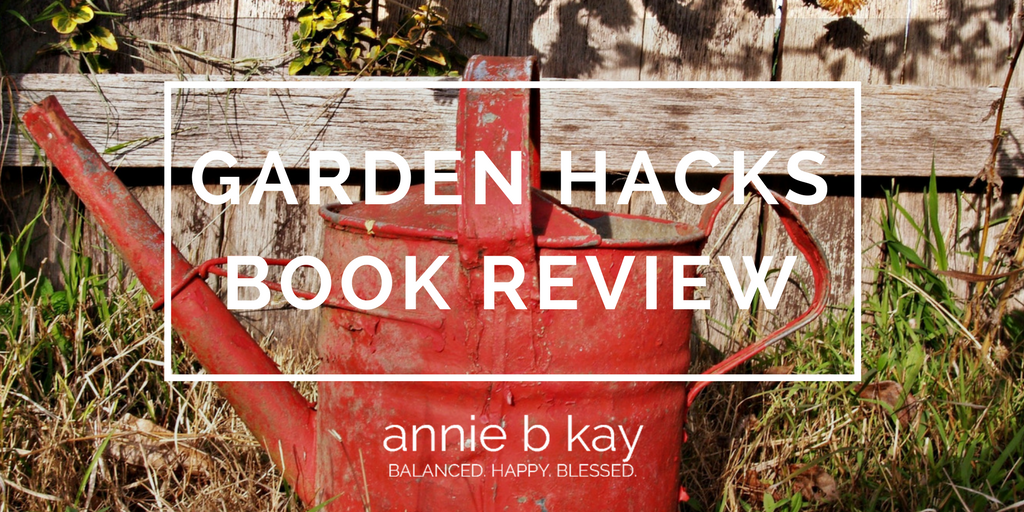


One woman worked for Auckland Public Libraries.


I put out a call on the Mt Albert Community Facebook page. The two books I most desperately wanted to dip back into were Geoff Chapple’s The Tour and Tom Newnham’s By Batons and Barbed Wire, but libraries were closed. I tapped away during lockdown, one chapter growing out of another, but there were books I needed to revisit, facts and stories I needed to check. I asked him, "Were you ever seriously hurt?" He has a scar on his forehead, still there today. When protesters from outside the ground pulled down the wire fence and ran onto the field David and the other ‘inside protesters' ran to join them. The plan was to sprint down the terraces to the field to disrupt the game. They managed to avoid the airport protest altogether.Īt the Hamilton game, he was part of a group of protesters who had bought tickets and lined up alongside rugby fans to get into Rugby Park. Protesters waited in the arrivals section of the airport, but the Springboks were diverted onto a smaller plane for Gisborne, for their first game. At the airport, David was part of a group of protesters who pulled down a wire fence and ran onto the tarmac, where they were tackled by police. One was about Sunday, July 19, 1981, the day the Springboks arrived in Auckland. One of our members, Helen McNeil, said, "My husband can tell you lots about the protests." It turned out that Helen’s husband, David Williams, had been an activist in CARE (Citizens’ Association for Racial Equality).ĭavid had been one of the movers and shakers of the protest movement and he told me stories, lots of them. At a session with my writing group, I explained that I’d begun a novel set during the 1981 Tour. I researched the build-up to the tour, using library books, the internet and Merata Mita’s documentary, Patu. She’d begin to write about that time because she’d been changed forever by 1981 and New Zealand would never be the same again either. Also like me, the girl would become involved in the anti-tour movement and, years later, under Alert Level 4 Lockdown, she’d remember the violence, the batons, the chanting, the placards waving in the crowds. Like me, the girl would have close friendships that opened her eyes to the racism Pasifika and Māori families experienced. Like me, the girl would witness women pushing back against sexism. Like other teenagers, I was navigating friendships, family relationships, homework and teachers.įor some years now, I’ve felt drawn to write a novel about the Springbok Tour from a 15-year-old girl’s perspective. I was 15 when the Springboks came to New Zealand in 1981. ReadingRoom Donna Chisholm, the ‘81 Tour, and meĪ novelist backgrounds her book on the '81 Springbok Tour


 0 kommentar(er)
0 kommentar(er)
